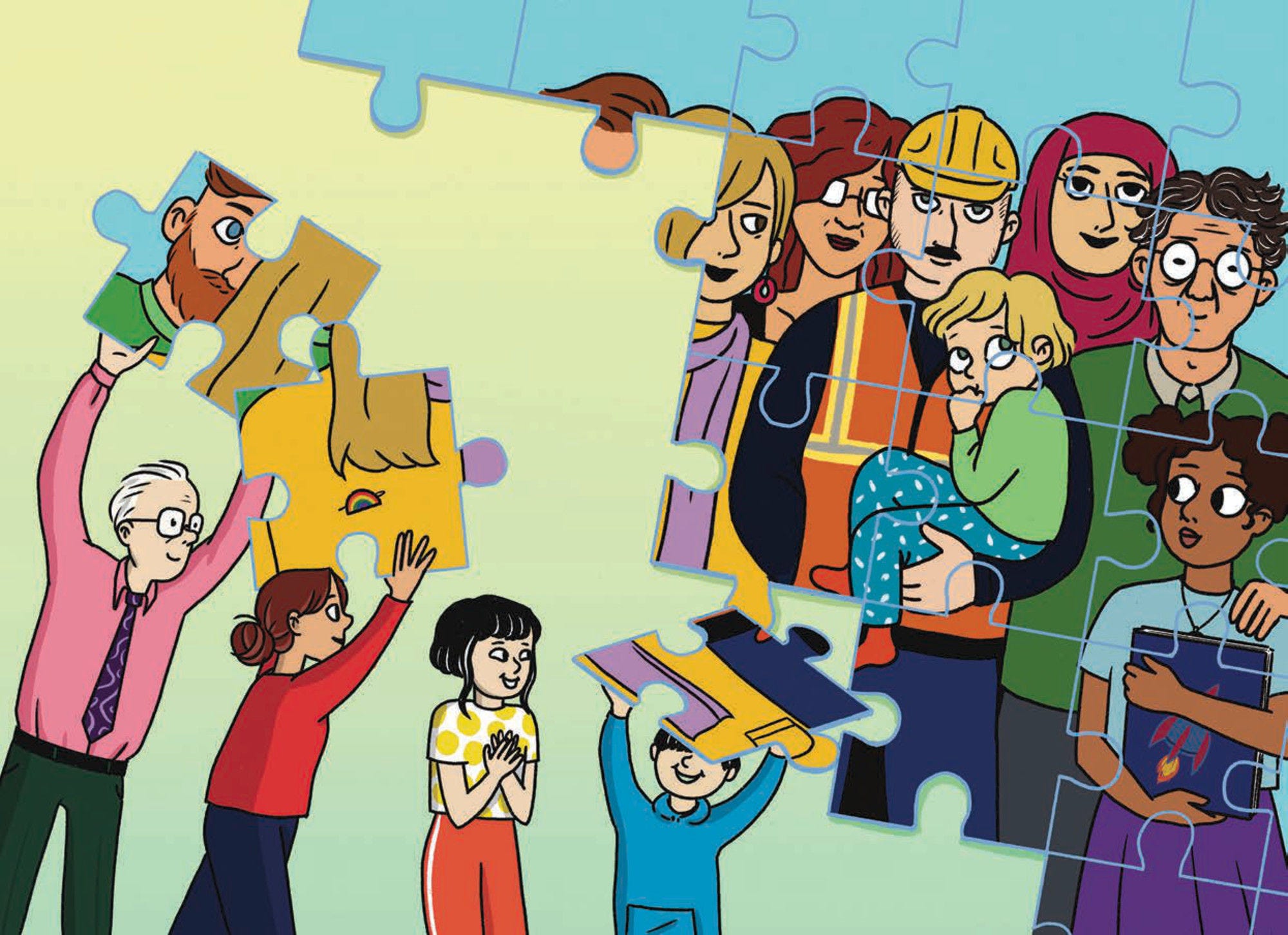Despite some progress, gender inequality remains a reality in every OECD country, with women and girls still facing disadvantages and barriers in most spheres of social and economic life. While addressing gender inequalities is a moral imperative, prevailing gender gaps in education, employment, entrepreneurship, and public life also lead to missed opportunities for inclusive job creation, growth, and innovation, ultimately affecting the prosperity of the entire economy.
Promoting gender equality is a strategic priority for the OECD and is being mainstreamed in all of its work. The OECD regularly monitors progress on gender equality in member and partner countries as well as policy developments aimed at advancing on gender equality in a range of areas, including digitalisation, energy, environment, foreign direct investment, nuclear energy, trade, and transport. The 2010 OECD Gender Initiative drew attention to barriers to gender equality in the areas of education, employment, entrepreneurship, and public life. The 2013 and 2015 OECD Recommendations on Gender Equality in Education, Employment, Entrepreneurship and Public Life set out policy principles and measures for policy makers and stakeholders to address such gender inequalities in their countries. The Pursuit of Gender Equality: An Uphill Battle (2017) presented a stocktaking of OECD’s policy efforts to reach gender equality, and was followed by in-depth work on gender equality in various policy areas.
The OECD is also at the forefront of expanding the coverage of gender-sensitive data. It offers a range of statistical resources to analyse gender equality, such as the OECD Gender Data Portal, the OECD Family Database, the OECD Going Digital Toolkit, the Social Institutions and Gender Index (SIGI) and data on Official development assistance for gender equality and women’s empowerment. The Gender data expansion project initiated by the United States in 2021, for instance, allowed to improve gender data availability in the areas of digitalisation, telework, parental leave and tax-benefit systems. The OECD recently prepared the G7 Dashboard on Gender Gaps, including key indicators to track progress on gender equality in various areas.
Joining Forces for Gender Equality: What is Holding us Back? tracks progress and provides policy recommendations for gender equality in 33 chapters that cover various policy domains, from education, employment, and entrepreneurship to public life, development, trade, transport, and energy. The report shows progress in some policy areas, such as paternity leave, pay transparency, flexible work opportunities, and higher representation of women in leadership roles. Yet, major challenges remain, including girls’ underrepresentation in educational fields promising better job opportunities, women’s disproportionate share of unpaid care and housework, lower wages for women than men, barriers to entrepreneurship and self-employment for women, gender gaps in lifetime earnings and pension income, and women’s underrepresentation in politics and government leadership positions. Gender impact assessments and gender budgeting have helped raise awareness of gender inequalities, but gender stereotypes, discrimination, and limited representation of women in policy making continue to impede progress. Moreover, violence against women remains a global crisis.
This publication calls for urgent action to address persisting and emerging gender inequalities. These can only be tackled by “joining forces” of all stakeholders, men and women, through a mainstreamed policy approach to gender equality that acknowledges its multidimensional nature.
